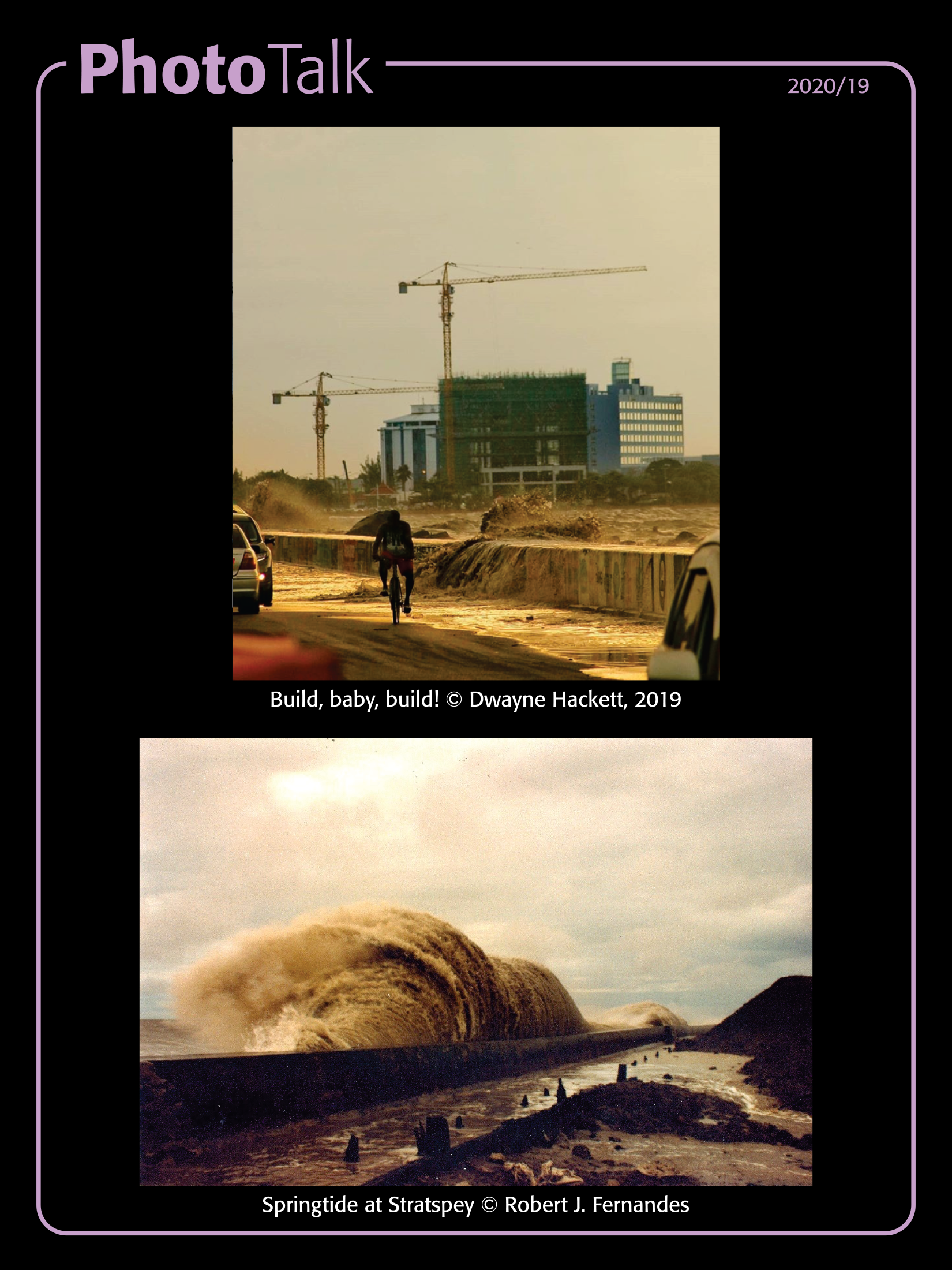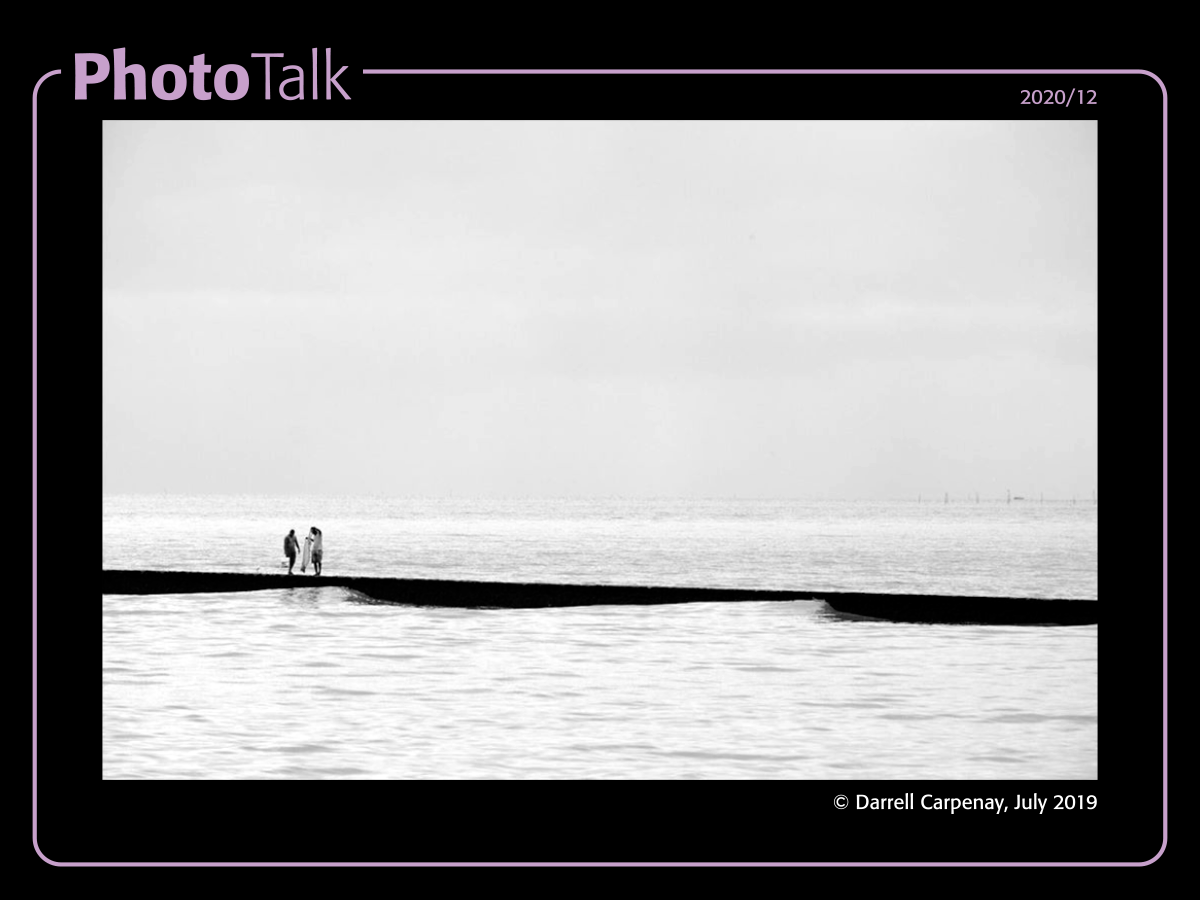Lockdowns around the world are taking on different forms, here in Guyana, we have a curfew, and many people are indoors, also, most photographers who rely on photography for income are finding it difficult, added to that, any photographer worth their salt is probably itching to shoot something, anything!
To this end, we’d like to invite the members of Guyana Photographers’ Facebook Group to turn a fresh eye to what’s around you, embark on a project to show us what your idea of “At Home” is. The selected images will be compiled into a virtual magazine.
Guidelines:
All photos must have been taken after April 1, 2020
Photographs must have been taken by the entrant
Each photographer may submit up to 20 images to convey their idea of “At Home”
Each submission must be accompanied by an Artist Statement and an Artist Biography
Start shooting! Submissions will be accepted from July 27th, 2020 to August 31st 2020 (Extended to September 30th)
Submission details to follow.
Submitted Photographs will be curated by a Curatorial Panel, and the results published in a Virtual Magazine for electronic distribution. Photographers retain all rights to their work, by submitting you give VISIONS and the Guyana Photographers the right to reproduce your images for this publication and for any promotional use regarding the publication.
UPDATE and EXTENSION
Due to the activities surrounding the tenth anniversary, we decided to extend submission to the end of September 2020, this is more for the organisers than it is for the participants, we thank the many people who have contacted us regarding this project.
The Upload Form is open and we encourage you to be your own critic, and submit your best work .
Check the form, there are some details there regarding the Artist Statement, Artist Bio and the Image submissions that may be helpful to you.
The upload form can be found here.










